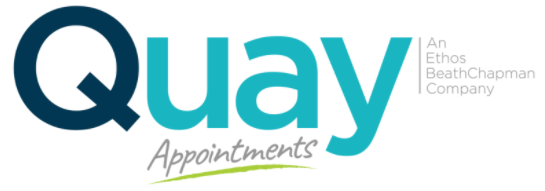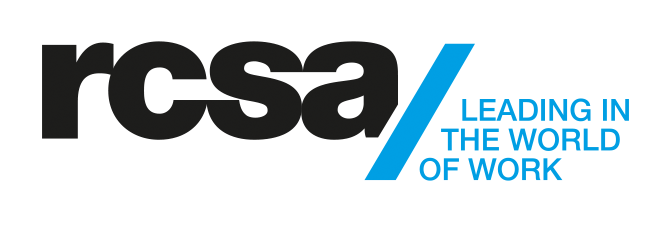What Do Your Interview Clothes Say About You?
You check yourself out in the mirror several times before your important interview. And, if you do say so yourself, you look pretty spiffy. Or … so you think. The real question, though, is: How do you look to others? How will interviewers perceive you based on your clothing? DiversityInc asked experts for advice on how to send the best message with proper interview attire.
The Message You Send
Whether you’re a fashionista or someone who has been wearing the same suit for years, you should be aware of what message you send with your interview clothes. Your first interview is not the place to be making a grand fashion statement, but, rather, to demonstrate your professionalism.
“You really want them to be engaged in what you have to say, and allow the clothes that you’re wearing to be an appropriate frame that communicates, ‘I am serious. I am mature. I don’t take this opportunity lightly. And I’m coming here for some discussion around an important business issue,'” says Miriam Muléy, a former General Motors executive and founder and CEO of 85% Niche, a firm that focuses on the buying power of women.
No-No’s
A good rule of thumb is don’t wear anything that would be viewed as a distraction. Tight or form-fitting clothing, for example, is inappropriate. While these slim fits may be en vogue for both women AND men, they don’t belong in the office.
Muléy, a Latina, is very familiar with how tight-fitting or revealing clothing can become a misstep. Many Latinas are raised to be proud of, and open about, their curves. But is that something your interviewer should see? No, she says.
“If someone comes in with a red dress that is tight-fitting and really shows your curves, how seriously are you going to take that person? I don’t want that person running my multimillion-dollar business. What judgment are they using to come into my office looking like that? Will they come into a prospective client’s or key business partner’s office with the same attire?” she says.
Anderson reminds women to be aware of the challenges their gender presents in a professional work environment. “If you’re wearing clothing that is not letting people think about your intelligence first, then you’re doing yourself a disfavor,” she says. “Yes, you want to set yourself apart, but do you want it to be about your clothing? I think the answer is no.”
When it comes to other cultural fashion expressions, Muléy warns interviewees to tread lightly. “There is certain attire that is culturally oriented but is for special occasions,” she says. “I don’t view that as appropriate for a business interview, but I think once you’re on the job, [if you] see opportunity to infuse more culture elements into your style, by all means, do so.”
Do’s
What are some can’t-lose choices for interview attire? The ever-reliable suit, of course. “You can’t go wrong with the basics, the classics—the blues, the blacks, the grays, the browns. It’s still a good bet that you will find someone in the organization wearing that,” says Anderson.
For women, Muléy likes to go the old-school route. “I would say the appropriate attire, for a woman, would be a skirt and jacket. I wouldn’t even go with a pants suit for the first interview,” she says.
You might feel drab in professional basics, but choose wisely if you’re looking to spice up your outfit. “Using colors to make you feel better or make your outfit stand out can be a great thing,” says Anderson. “For guys, it can be a colorful tie. Maybe for a woman it’s a bright, beautiful fuchsia blouse. Those are nice accent pieces. But that’s what you have to remember—they’re accent pieces.”
Still confused about what to wear? Try this insider tip from Muléy: If you live nearby, visit the company, even if you just stand in the lobby, to get a feel for how people dress there. Is the office too far away? “Go to their web site and look at their annual report,” she advises. “There are often pictures of their senior leaders [there].”
Lasting Impression
While picking the right outfit for your interview, think about how you may be viewed by the interviewer on the other side of the table. Anderson points out that “[y]our interview clothes can say a lot about you, but it’s [also] what DON’T you want them to say about you. You don’t want them to say, look at me for what I look like versus look at me for what’s in my head.”
Muléy stresses the importance of molding yourself to the corporate culture, but she points out that this shouldn’t be seen as a “sell-out.”
“It’s really about showing that you are able to fit into this larger organization and still deliver outstanding results in terms of the work that you perform on a daily basis,” she says.

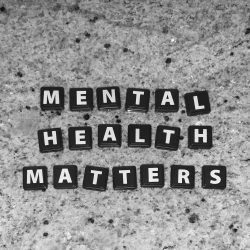


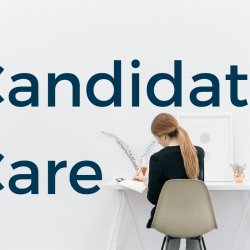
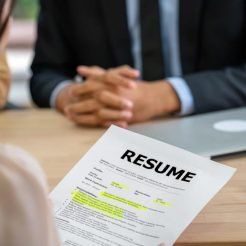



SERVICES
LOCATIONS
